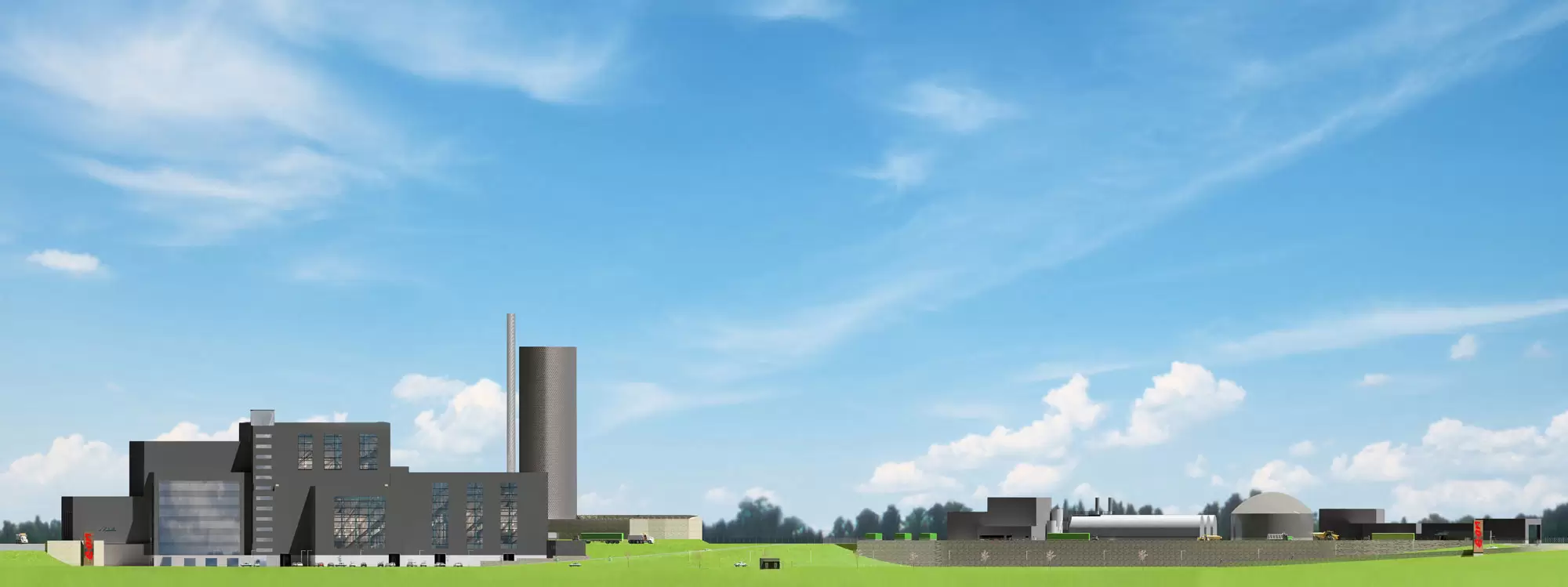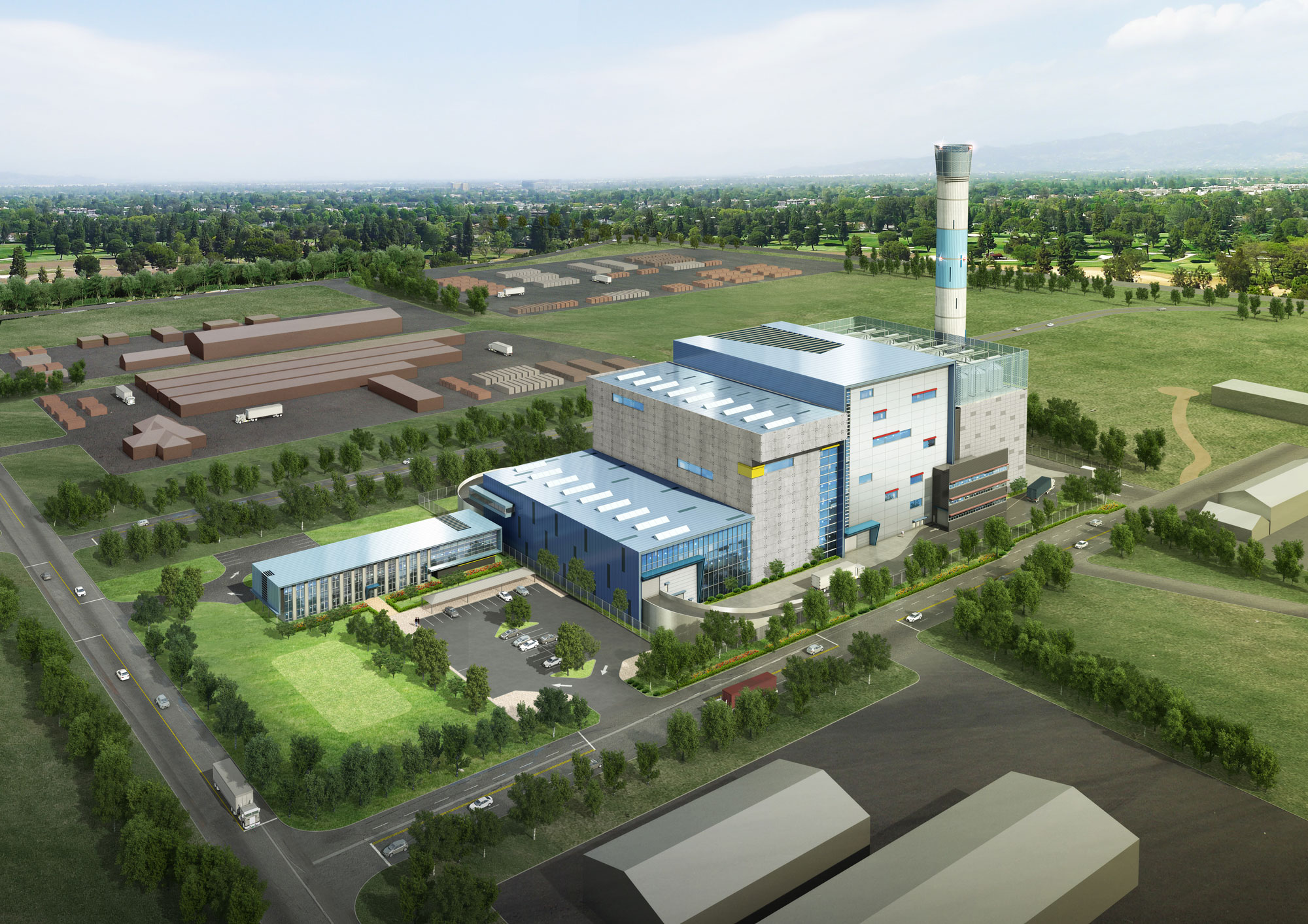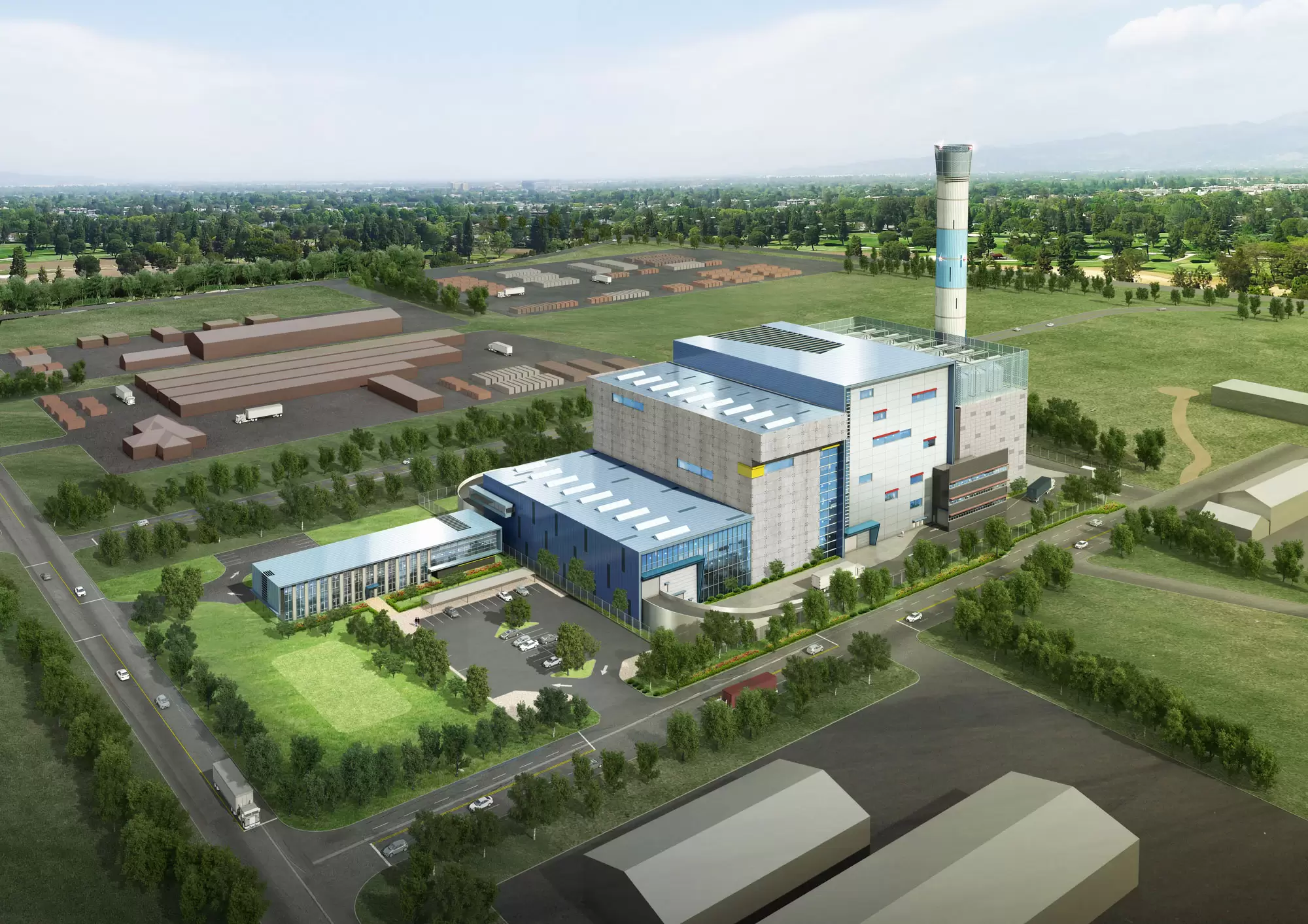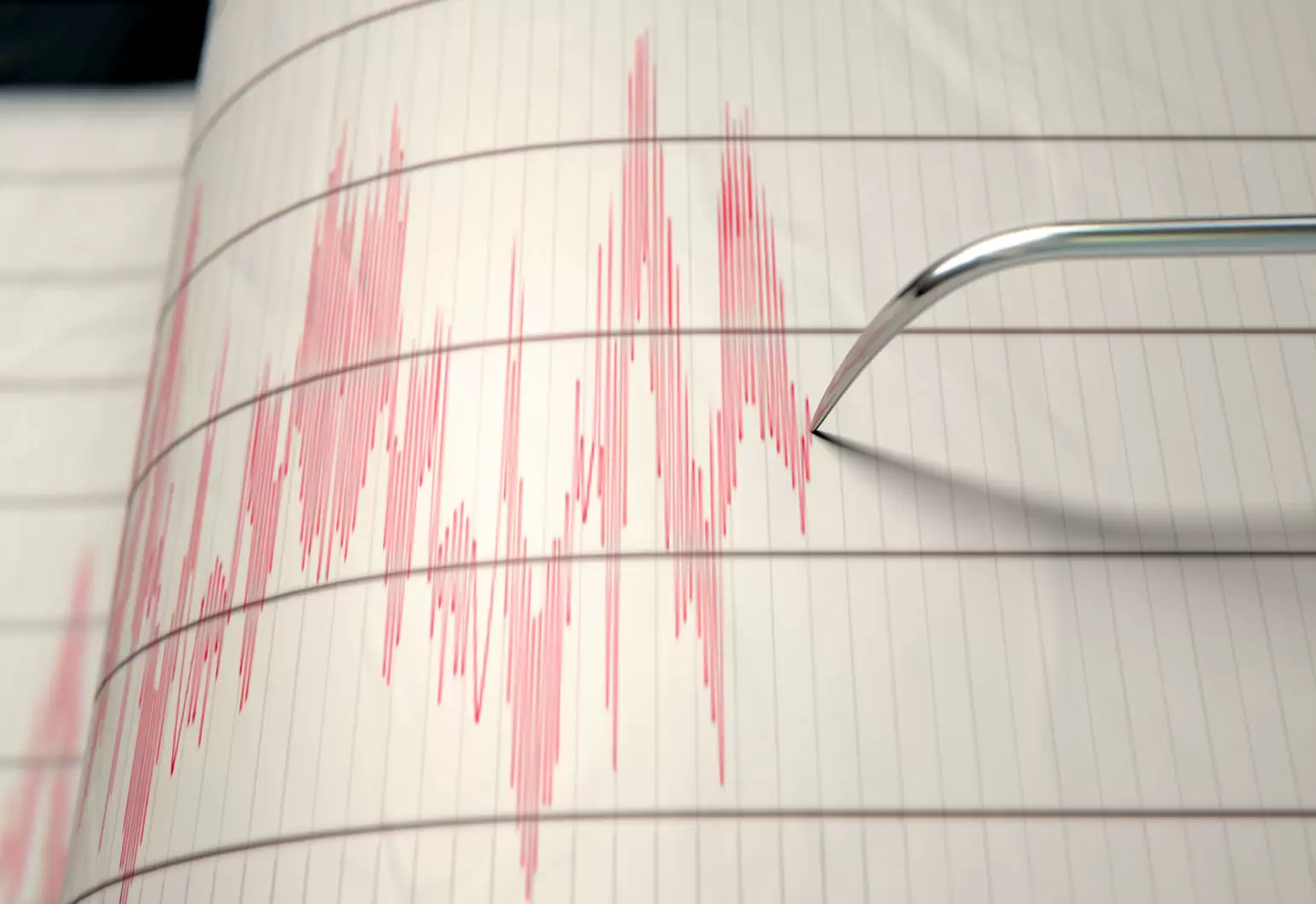As Australia’s waste piles up, the country is finding itself in serious need of new, sustainable solutions. Could converting the garbage into electricity be the answer?
China no longer takes recycled plastics from Australia. Newspaper reports suggest that Australian authorities are stockpiling waste and putting recyclable materials into landfill. And by 2050, Australians will produce 100 million tonnes of waste a year.
Australia desperately needs a new waste management strategy. And while local councils and state and federal governments argue about what to do, in Sweden, European energy giant E.On has built a new waste-to-energy power plant that it believes can power 4500 vehicles and heat a new 18,000-home neighbourhood on the outskirts of Stockholm.
Is this the sort of thing that Australia needs? Opinion is divided.
Resource recovery
Whereas the average Swede sends 3 kg of waste to landfill each year, the average Australian sends 1 tonne. And this could get worse now that China has stopped taking Australia’s recyclable plastics.
China introduced import restrictions under its Blue Sky/National Sword program to reduce the amount of contaminated materials entering the country. Paper and plastics now have contamination thresholds of 0.5 per cent.
According to a recent Australian Government estimate, 3.5 per cent of the country’s total recycling was sent to China in 2017. However, Australia sent 29 per cent of household kerbside recycling and 36 per cent of paper to China. That’s around 65 per cent of the export market for each.
Waste-to-energy plants use thermal or biological processes to burn waste that cannot be recycled. From energy-rich materials such as plastics, wood, textiles and non-recyclable paper, the plants can generate heat, electricity, steam or solid fuel.

Incineration is the most common waste-to-energy method. But there are other processes such as gasification, pyrolysis and methane-capture.
The new E.On plant in north-west Stockholm, due to open this year, will consist of a biogas plant which will take organic waste from the surrounding area. A combined heat and power plant will also open towards the end of 2019 or in early 2020. The CHP plant will produce electricity and heat from commercial and household waste.
“The basic technology is not new,” said E.On Plant Manager Antonio Abizzo.
“What’s new is that it’s all on the same site, next to one of Sweden’s biggest waste treatment and recycling plants, Ragn-Sells.”
Abizzo, an engineer, explains that slag, the dry ash from the plant’s grate boiler, will be transported by belt conveyors to the treatment plant.
“It’s easier to extract metals from dry ash,” he said.
“In previous plants the ash is wet, drowned in water before it’s pushed out to a bunker or containers. This creates lumps of sludge; [it’s] difficult to extract the small metals, especially the non-magnetic metals.”
E.On’s plan is to connect three district heating systems into one large grid. That’s enough to heat Barkarbystaden, a new 18,000-dwelling district being built in Järfälla, 15 km from central Stockholm.
Sweden recycles around 98 per cent of its waste. Half of that is incinerated, and the energy is used to provide power and local heating. The rest is recycled into plastics and aluminium. Over the past two years, Sweden imported more than two tonnes of waste per year and dumped almost nothing into landfill.
A 2016 Avfall Sverige — Swedish waste management — report found that Swedes recovered 3 MWh of energy per tonne of waste. That’s enough to power 900 Australian homes for an hour, according to the Australian Government’s Clean Energy Regulator.
Risks vs benefits
There are waste-to-energy plants in other parts of the world — Germany, Austria, Finland, Belgium, the Netherlands and the United Kingdom, to name but a few. In Japan, around 60 per cent of generated solid waste is sent to waste-to-energy facilities. Plants have also been proposed in New Zealand, Costa Rica and the Philippines.
Chani Lokuge, the Technical Director for Waste Management with AECOM, believes that continued industrialisation in China and India means these countries will increasingly use waste-to-energy plants as they strive for more sustainable approaches to their rapid development.

Lokuge, a principal engineer with a background in civil engineering, adds that India’s government has recently increased its energy-from-waste target, and is working on provisions to make it mandatory for state electricity firms to purchase all power generated from municipal solid waste.
In Australia, a few waste-to-energy proposals are being developed, but, as of yet, nothing much is happening on the ground.
ResourceCo has been given a $30 million Federal Government loan to build two waste-to-fuel plants that produce solid waste fuel. Three plants have been approved in Western Australia (WA), but not yet built. In Queensland, several councils extract biogas from rubbish decomposing in landfill.
There is also a proposal to build a plant in Canberra that would burn all of the Australian Capital Territory’s red-bin waste and additional waste shipped in from New South Wales (NSW). In Victoria, a paper manufacturer has lodged a proposal to build a plant that could turn household waste to electricity that would power its paper mill. A waste-to-energy project in Sydney was recently put on hold.
The main barrier to the continued development of these plants is pollution. A US study from 2011 revealed that even when waste-burning facilities comply with the law, they still release many more harmful toxins — mercury, cadmium and lead — than coal plants. In Australia, environmental groups have been vocal critics of the plants, as have people who live near the proposed sites.
Those in the industry believe that the problem can be managed with regulation and pollution-control technology. Flue gas cleaning systems, for instance, can capture emissions.
In Sweden, the plants are in cities and have minimal smell and emissions. Environmental groups are not convinced that Australian plants would deal with emissions to the same standard. There are also fears that laws to protect people from emissions are inadequate, though Lokuge thinks that Australian regulations are in line with European Union standards and therefore good enough.
“Any waste-to-energy technology must adhere to these standards and cause negligible effect,” he said.
“We need to demonstrate this to local communities to allay their concerns.”

Lokuge thinks that perceived risks have held back investment and growth like that in Europe or Asia. Upfront capital costs are higher than landfill, and waste-to-energy facilities are only cost-effective when dealing with 100,000 tonnes or more a year. This would require collaboration between local councils and waste-to-energy developers.
In April, Federal Minister for the Environment and Energy Josh Frydenburg suggested that environmentally sustainable incineration should be a last resort. Better to recycle the resource, he said, as once it’s burnt, it’s gone for good.
Frydenburg has, however, asked the Clean Energy Finance Corporation and the Australian Renewable Energy Agency to prioritise waste energy incineration projects that burn residual waste to generate electricity.
“We need leadership from the Federal Government,” Lokuge said.
“Some state governments and local councils have been looking at this independently. But each has different motivations, some of which are contradictory.”
An environmental impact statement for the Canberra waste-to-energy project is expected this year. The Sydney plant has been put on hold until at least after the NSW state elections next March. Work began on the Kwinana plant in WA this past January.
It’s all still a bit ad hoc and Lokuge thinks that the Federal Government needs to come up with a clear national waste policy that covers waste-to-energy, landfill levies, financial incentives for investors, and emissions standards.
Until something like this happens, and while everyone decides what’s best do, Australia’s recycling stockpiles will get higher and its landfills bigger.
This article originally appeared as “Juice from junk” in the October 2018 issue of create magazine.




Waste to energy maybe a good technology,which one?
Burning of waste system must totally removed from the environment.
Heating of waste to create energy,gas,and oil is already in the market.
The only problem is the country is building a big size plant to use up so much waste.
In modern times a small modular units to cater for the industrial sites is a key to cater
for the residential area.
Danny
Viroment Technologies
There is also a company in Australia that takes waste engine oil and turns it in to a alternative fuel for blasting and fuel substitution.
By the millions of liters a year and do it mobile with no fixed plants.
There is also other projects going on in renewable fuels as well.
I think further research before this article was published should of been carried out.
Very missed informed article on what technology is actually happening.
Most folk baulk at the thought of “waste” to thermal energy ,or “waste” to oil because of “pollution”. But at the same time IGNORE the waste lying all around us including sea creatures choking on the stuff.
The environmental pollution can be addressed with a will and thermal power station emissions can be captured.
WAKE UP AUSTRALIA !
There are several issues here.
Waste – Oil/Based PLastics,
Waste – Organics from MSW (including Food and Paper/Cardboard)
Waste Water (Sewage) Sludge
Agricultural and Farming Waste
Animal Manures etc
For most of these (excepting Plastics) these can be turned readily easily to make Liquefied Biom-Methane – initially – and then later to Hydrogen. This technology is an existing issue and is available now and is proposed to be used in NSW and Southern Australia. There are no needs for expensive incineration plants at all, and there are no needs for expensive energy tarrifs for the end-products. The Methane will substitute for all the oil-based Diesel currently used in these areas and will be available within 5 years if the motive is there.
The fuel (Methane) is a total substitute for fossil fuels and is already well-used across the World.
For the Oil-Based Plastics the system proposed is to strip this down to a light Diesel option – in the first case – with the option for taking this down further to make Hydrogen and collect the Carbon as a soil conditioner additive. This is already proposed by the same company from Europe (based in Delftzil Nl) and the company is already moving to promote this in Sydney…..alas with Covid-19 a delay has occurred.